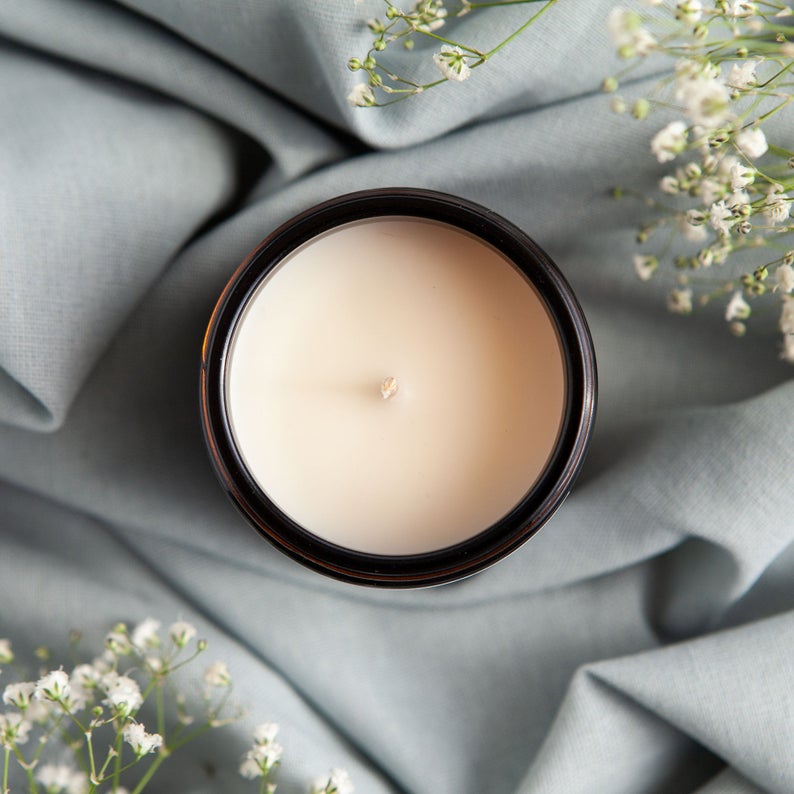

These are the most uncomfortable hemorrhoids and can be itchy or painful, and may feel lumpy. ( 1)Įxternal Hemorrhoids These hemorrhoids develop under the skin around the outside of the anus. When this happens, they will usually shrink back inside the rectum on their own or can be pushed back in. In some cases, internal hemorrhoids may protrude through the anus and can be seen, which is known as becoming prolapsed. Internal hemorrhoids generally don't hurt, but they often bleed painlessly. Internal Hemorrhoids These hemorrhoids develop inside the rectum (the part of the large bowel leading to the anus) and are not usually visible to the naked eye. Hemorrhoids are either internal or external. Types of Hemorrhoids: Internal and External

There are plenty of effective ways to treat them, as well as options for the less common types of hemorrhoids that may be more problematic. Hemorrhoids may be painful and particularly bothersome if they are recurrent, but they're not dangerous or life-threatening, and symptoms usually go away within a few days. Experiencing increased pressure during pregnancy and being overweight are other contributing factors. Lifting heavy objects, along with other activities that may cause straining, can also lead to hemorrhoids.

Hemorrhoids can be caused in a number of ways, most commonly by straining to make a bowel movement. These “cushions” don’t always become enlarged or distended, but as we age, this phenomenon becomes more common - causing what we call hemorrhoids, also known as piles. The rectum is the last part of the bowel and leads to the anus, the opening at the end of the bowel where fecal matter leaves the body.Įveryone has hemorrhoidal tissue in this area that’s made up of blood vessels, connective tissue, and some muscle. Hemorrhoids are enlarged and swollen veins (also called varicose) around the outside of the anus or in the lower rectum.


 0 kommentar(er)
0 kommentar(er)
